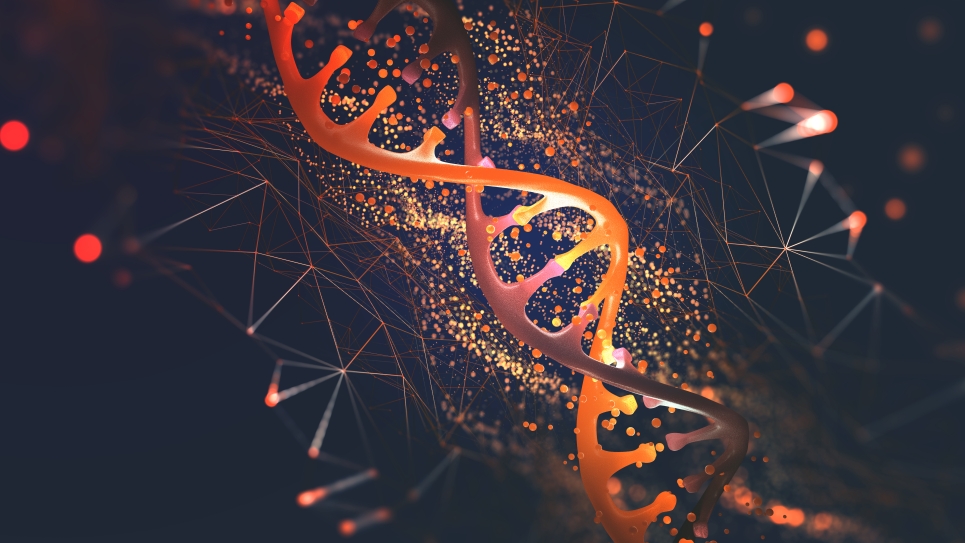
Toward QM Simulations of Macromolecular Systems
In this seminar, some progress in method development and implementation for QM simulations of macromolecular systems will be presented. The target QM method is the second-order Moller-Plesset perturbation theory (MP2). The target molecular systems are, but not limited to, heterogeneous catalysts, e.g., meso-porous silica nanoparticles (MSN), in their real length scales, whose size of ~10,000-100,000 atoms or ~50,000-1,000,000 basis functions. The challenge problem requires huge computational costs and huge memory demands. In addition, pure QM methods are difficult to scale up to a large number of computing nodes, which is critical in large scale simulations.
These prohibitive computational barriers are addressed in three steps. First, QM methods are restructured and interfaced with fragmentation methods that can naturally provide a highly scalable framework with small loss of accuracy. Second, electron repulsion integrals (ERI) in the atomic orbital and molecular orbital bases, which are the main ingredient of QM methods, are evaluated and assembled on-the-fly using tensor compression methods, particularly the resolution-of-the-identity (RI) approximation. The RI approximation can simplify ERI evaluation, reduce memory storage by a large factor, and provide an efficient data structure for vectorization, especially the SIMT structure of GPUs. Finally, heavy computation bottlenecks are offloaded to GPU. Benchmark calculations for 1785-atom MSN hydrated in a water cluster of ~4,000 water molecule (~67,000 basis functions) can linearly scale up to ~4,500 GPUs with the wall time for the RI-MP2 part of ~100 (s).